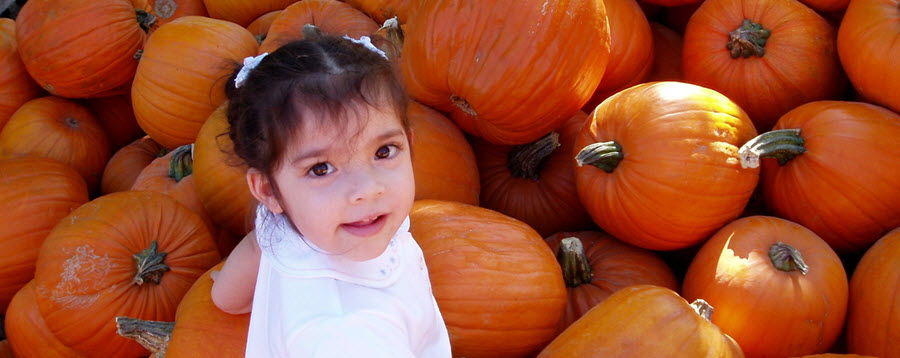
Thanksgiving Safe Travel Tips – Kids and Car Seats

Whether you’re traveling across town or across the country for Thanksgiving, this information from the Centers for Disease Control and Prevention (CDC) will help ensure your trip is safe. The top 3 are easy:
- Wear a seat belt every time you drive or ride in a motor vehicle.
- Always buckle children in the car using an appropriate child safety seat, booster seat or seat belt.
- Don’t drink and drive, and don’t let someone else drink and drive.
How to Keep Kids Safe in the Car – Car Seats
If you’re traveling with children for the holidays, you may have to ride with people who aren’t familiar with current child safety rules and recommendations. A ride home with Uncle Craig may sound like fun, but if he doesn’t have appropriate safety seats, you’re better off saying “No.” Car seats are required in most states – and they just make sense. In the United States, vehicle crashes are a leading cause of injury and death among children. In 2012, more than 1,100 children died in crashes and more than 176,000 were injured. You can make a lifesaving difference. Here’s how:
First:
Check to make sure your car seat or booster seat has not had a safety recall and is not past its expiration date. Yes, car seats now have expiration dates that provide guidance on the “expected useful life” of the seat. New recalls can be announced at any time.
Second:
Make sure children are in appropriate car seats or seat belts for their age, height, and weight:
- Birth to age 2 – Rear-facing car seat. For the best possible protection, infants and children should be buckled in a rear-facing car seat in the back seat, until age 2 or when they reach the upper weight or height limits of their particular seat. Check the seat manual or labels for weight and height limits. Never place a rear-facing car seat in the front seat or in front of an airbag.
- Age 2 to age 5 (or more) – Forward-facing car seat. When children outgrow their rear-facing seats they should be buckled in a forward-facing car seat in the back seat, until at least age 5 or when they reach the upper weight or height limit of your particular seat. Check the seat manual or labels for weight and height limits. Never place a front-facing car seat in the front seat or in front of an airbag.
- Age 5 until seat belts fit properly – Booster seat. Once children outgrow their forward-facing seat (by reaching the upper height or weight limit of the seat), they should be buckled in a belt-positioning booster seat until seat belts fit properly. Seat belts fit properly when the lap belt lays across the upper thighs (not the stomach) and the shoulder belt lays across the chest (not the neck). Remember to keep children properly buckled in the back seat for the best possible protection.
- When seat belts fit properly – A booster seat is no longer needed. The lap belt must lay across the upper thighs – not the stomach – and the shoulder belt must lay across the chest, not the neck. The recommended height for proper seat belt fit is 57 inches tall. For the best possible protection keep children properly buckled in the back seat.
- Install and use car seats and booster seats according to the seat owner’s manual or get help installing them from a certified Child Passenger Safety Technician.
- All children aged 12 and under should ride in the back seat, because front-seat airbags can kill young children.
Third:
Set a good example by always using your seat belt.
And remember to pack a driving survival kit – just in case.

